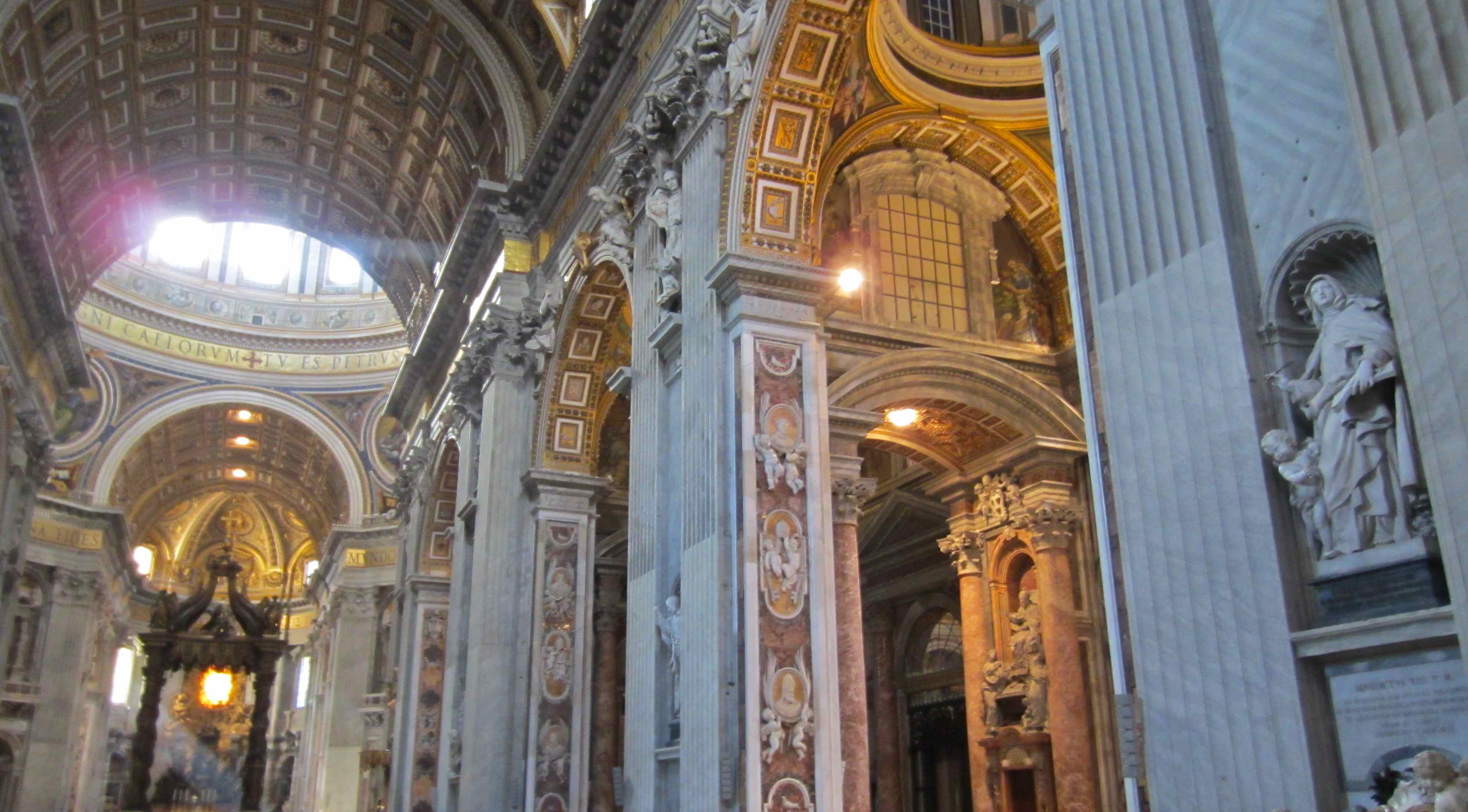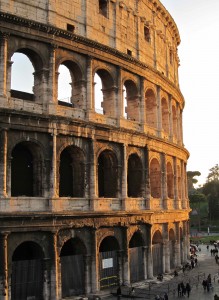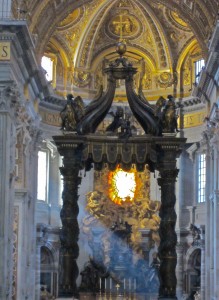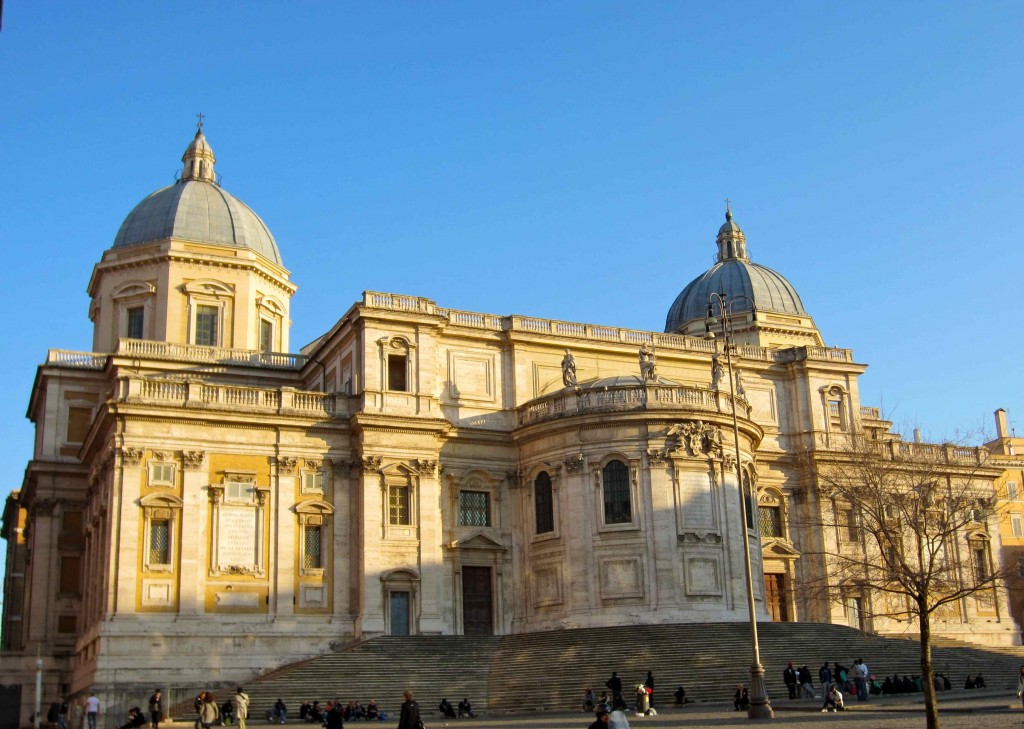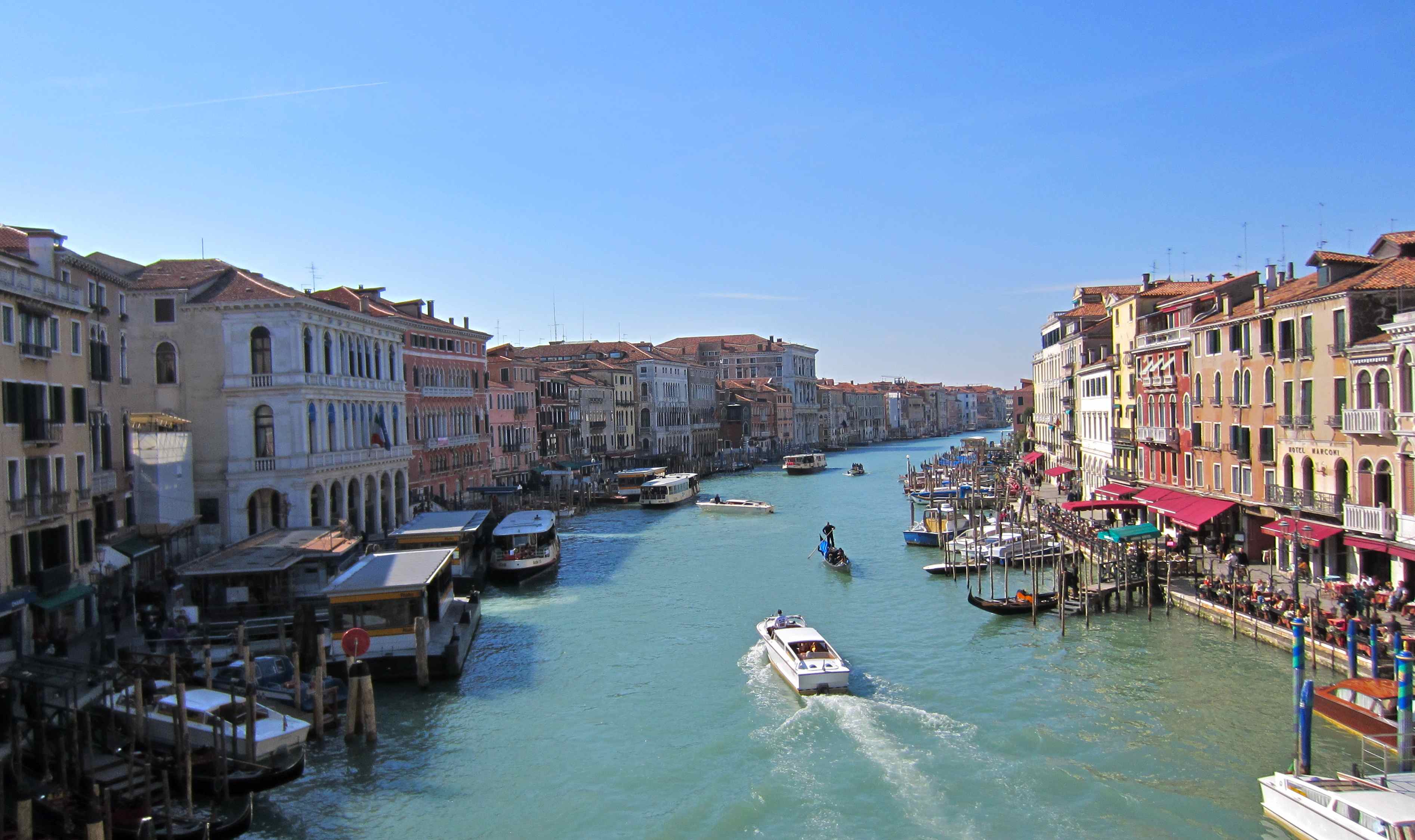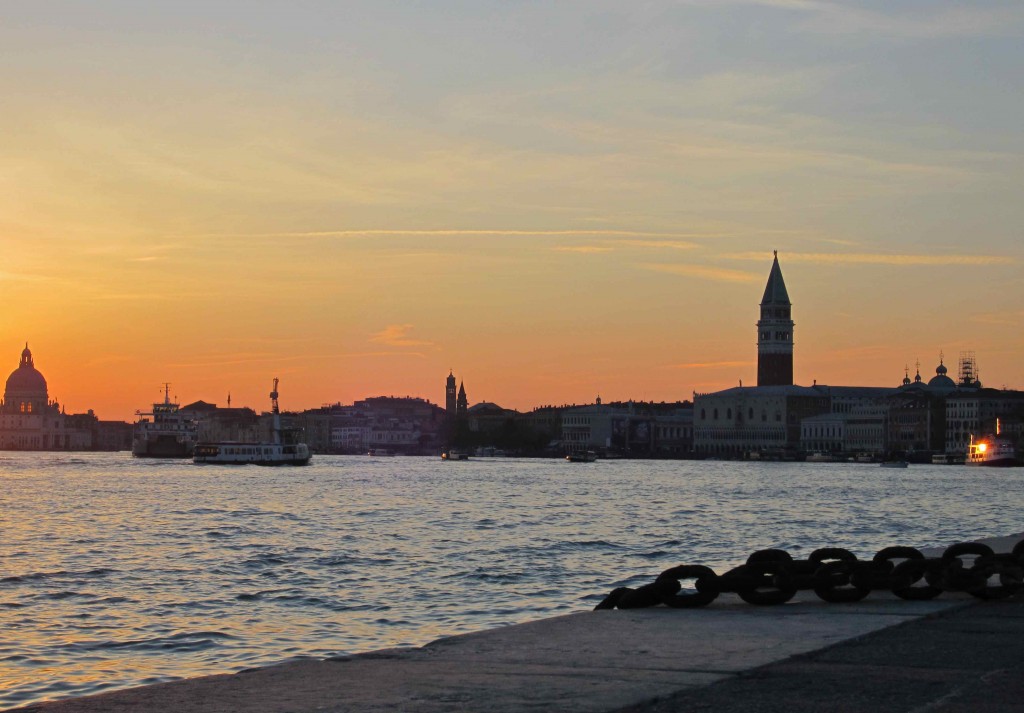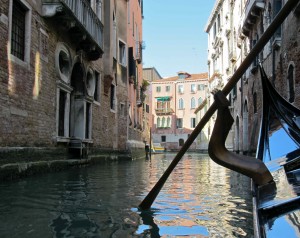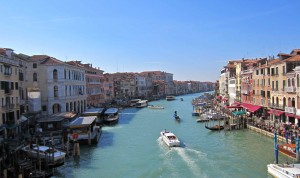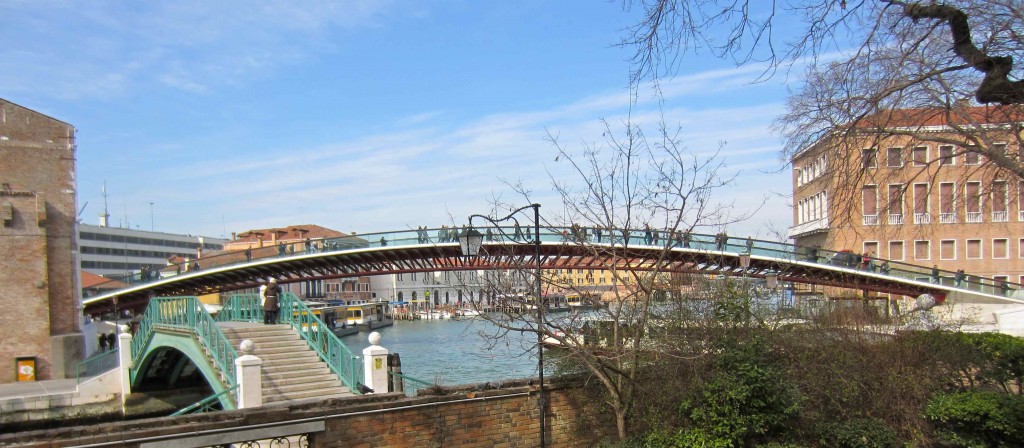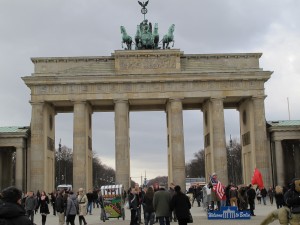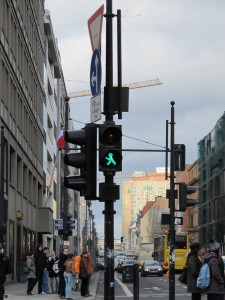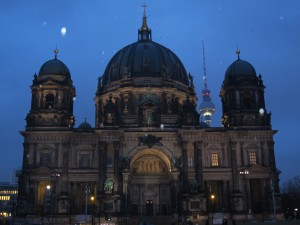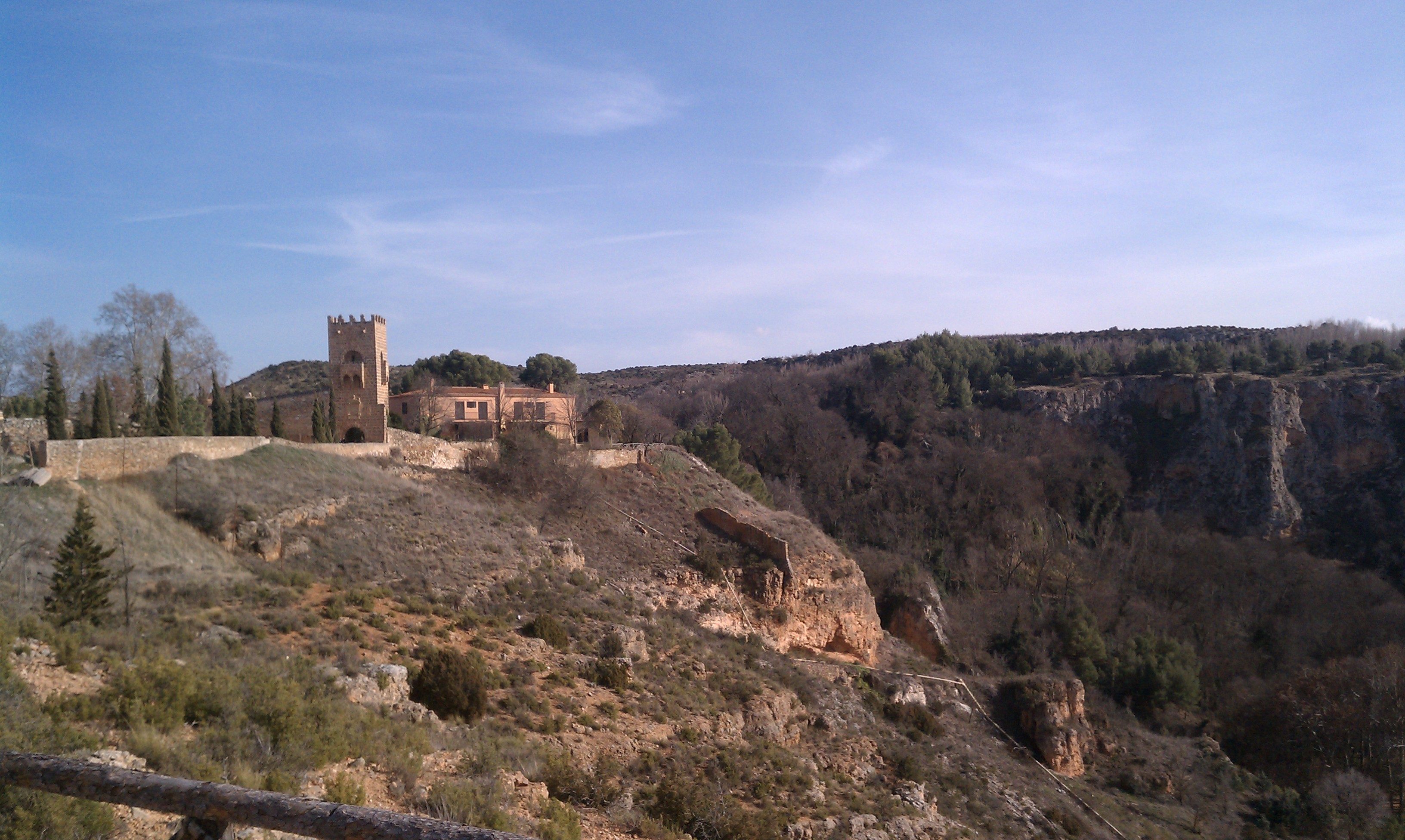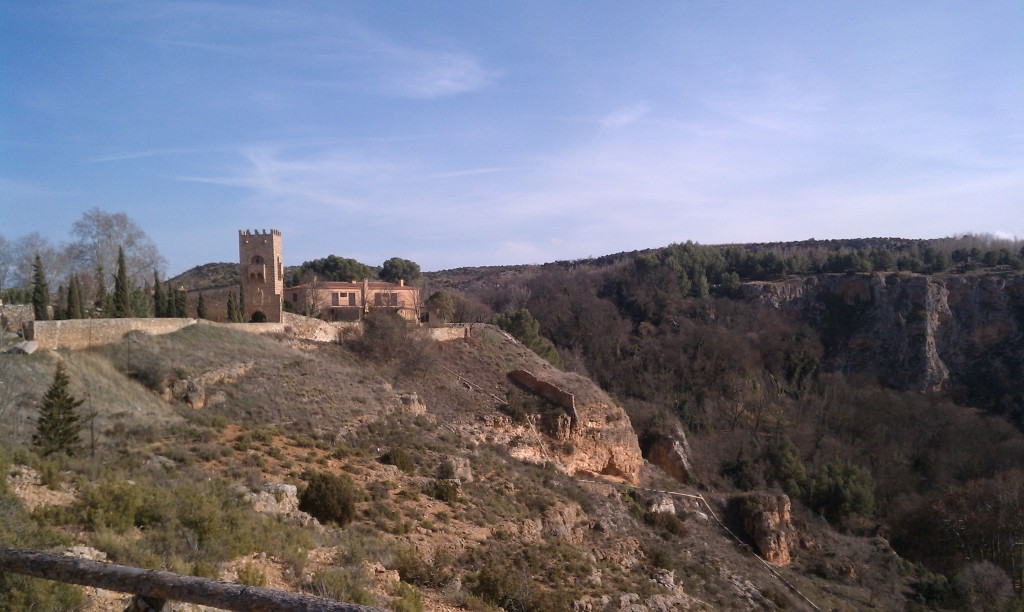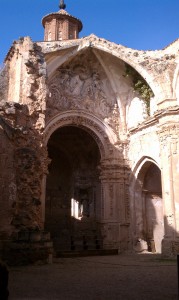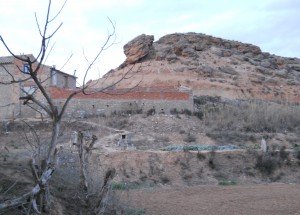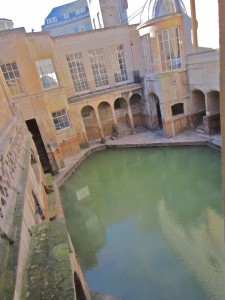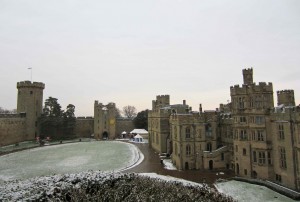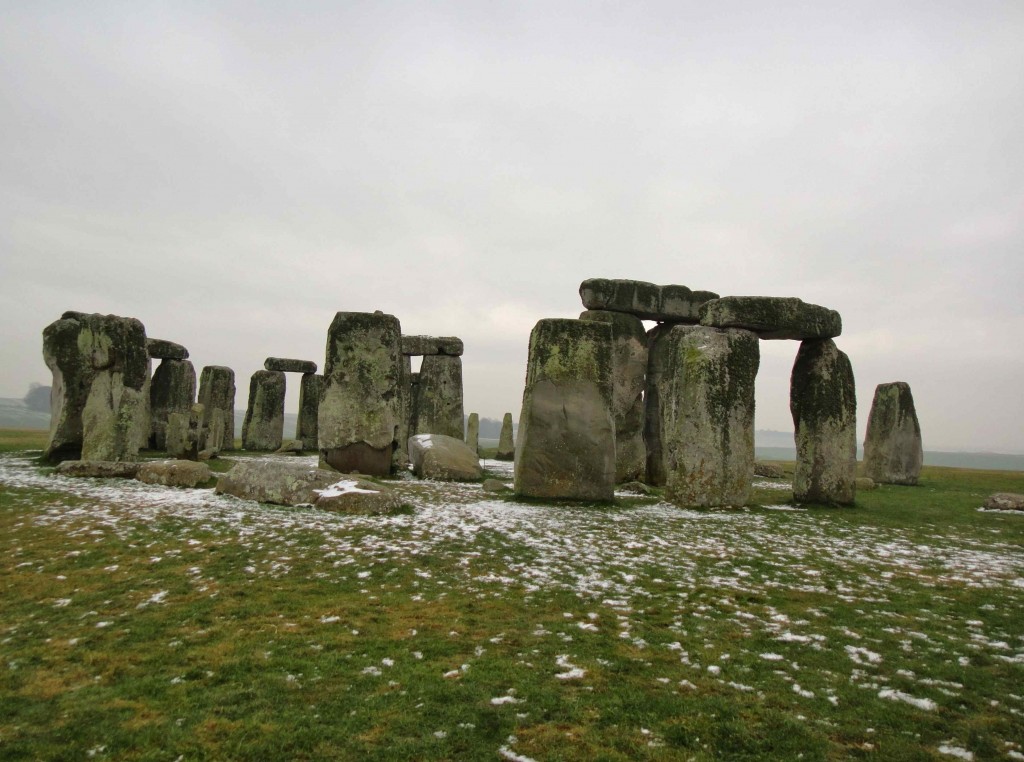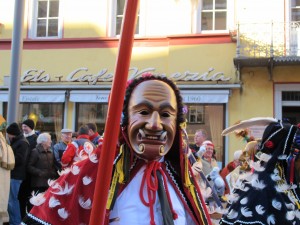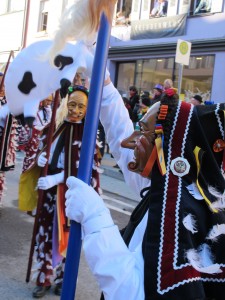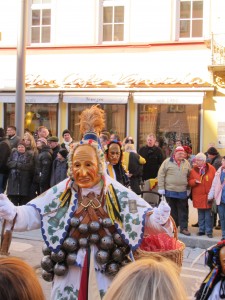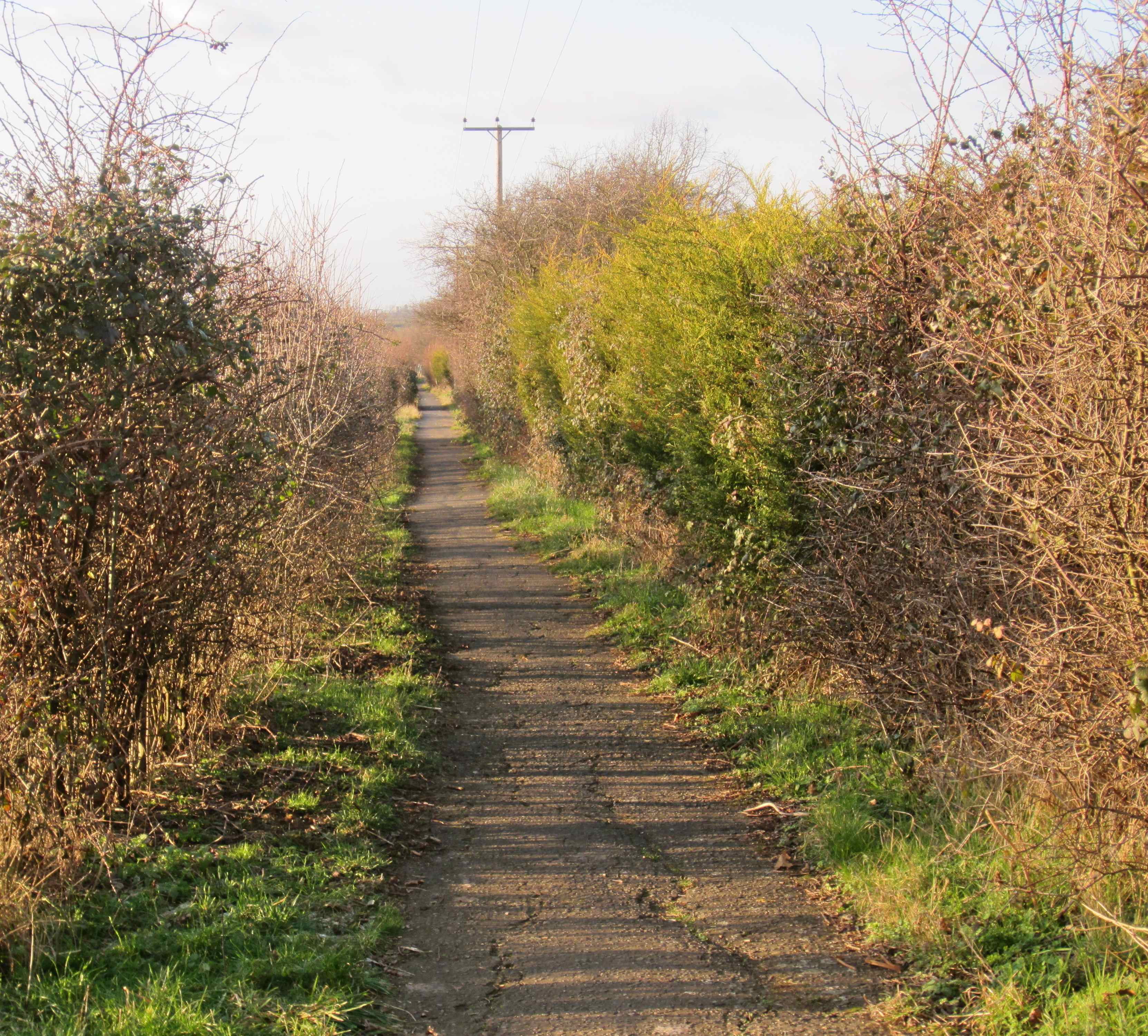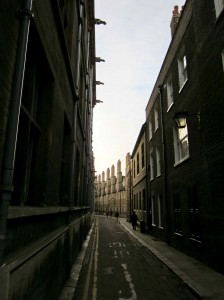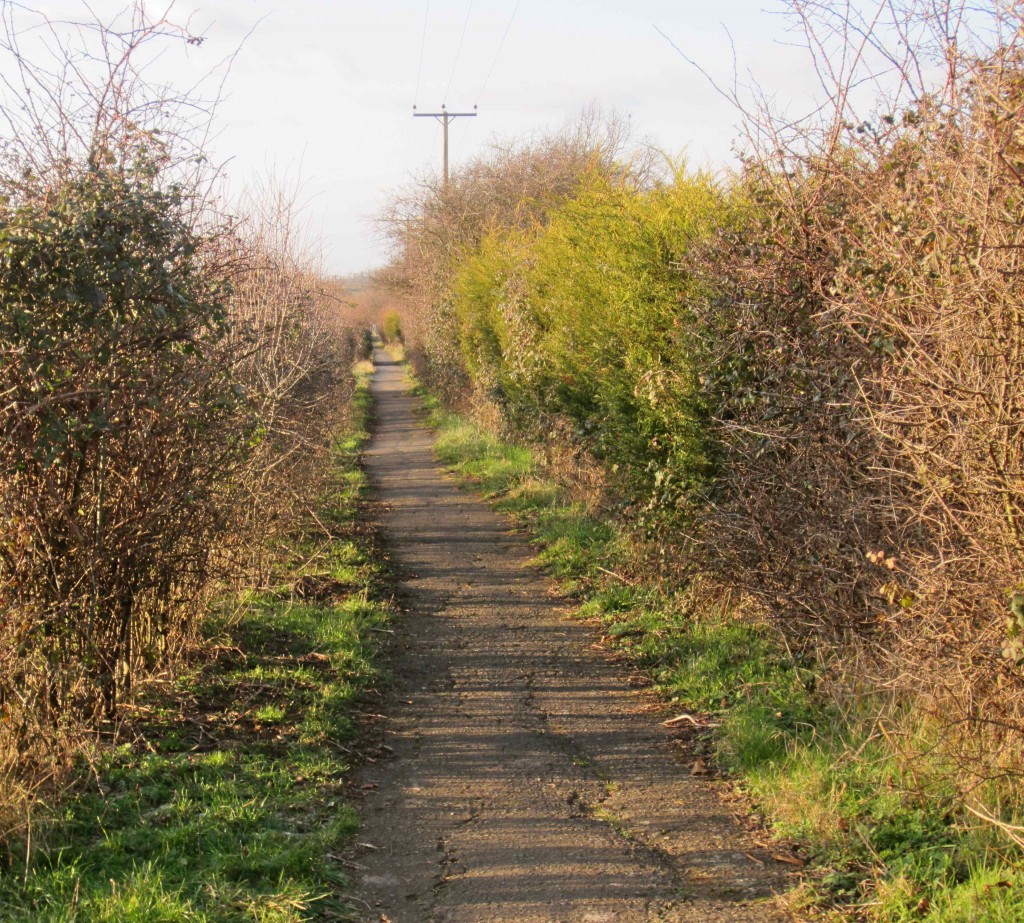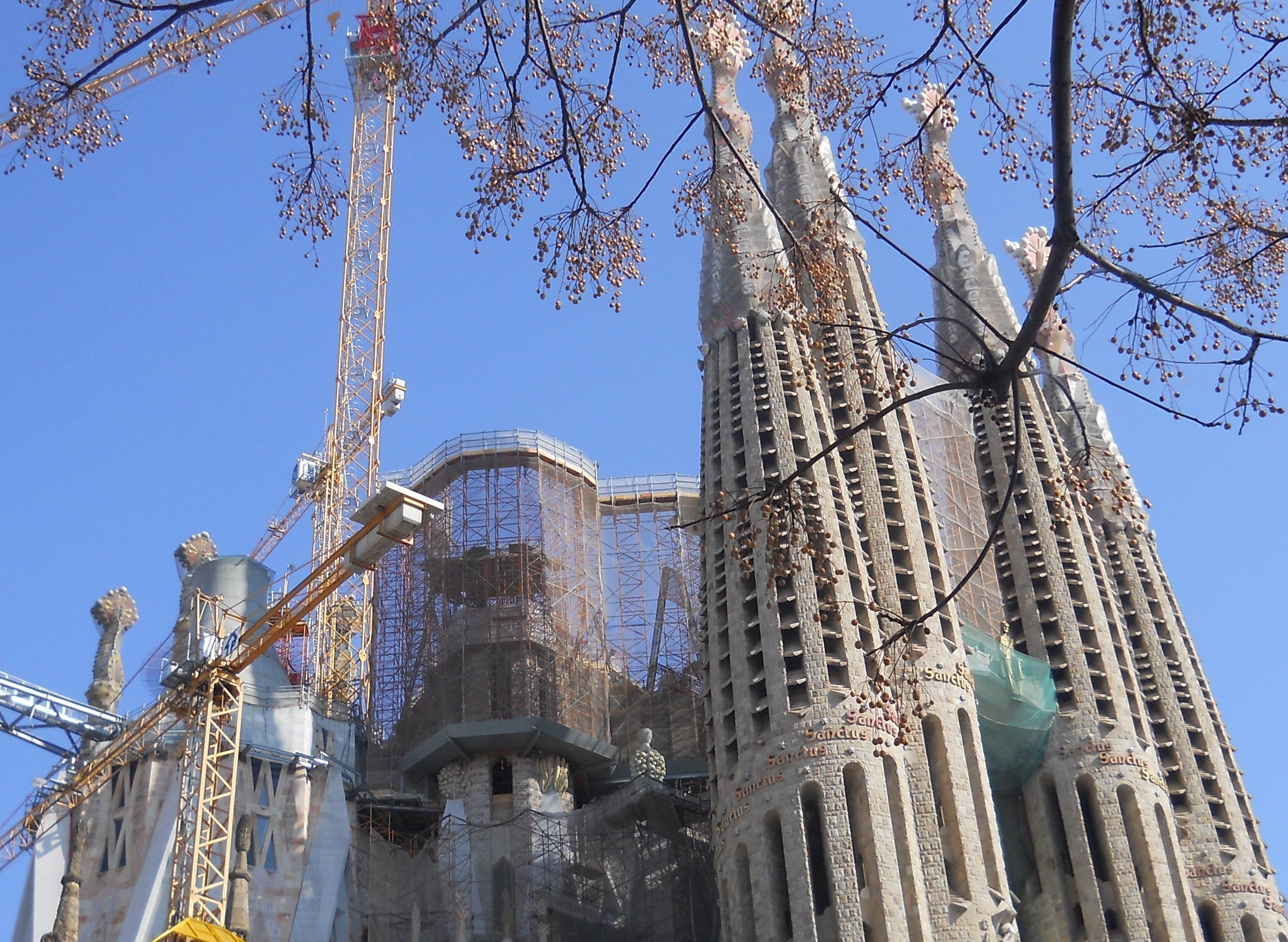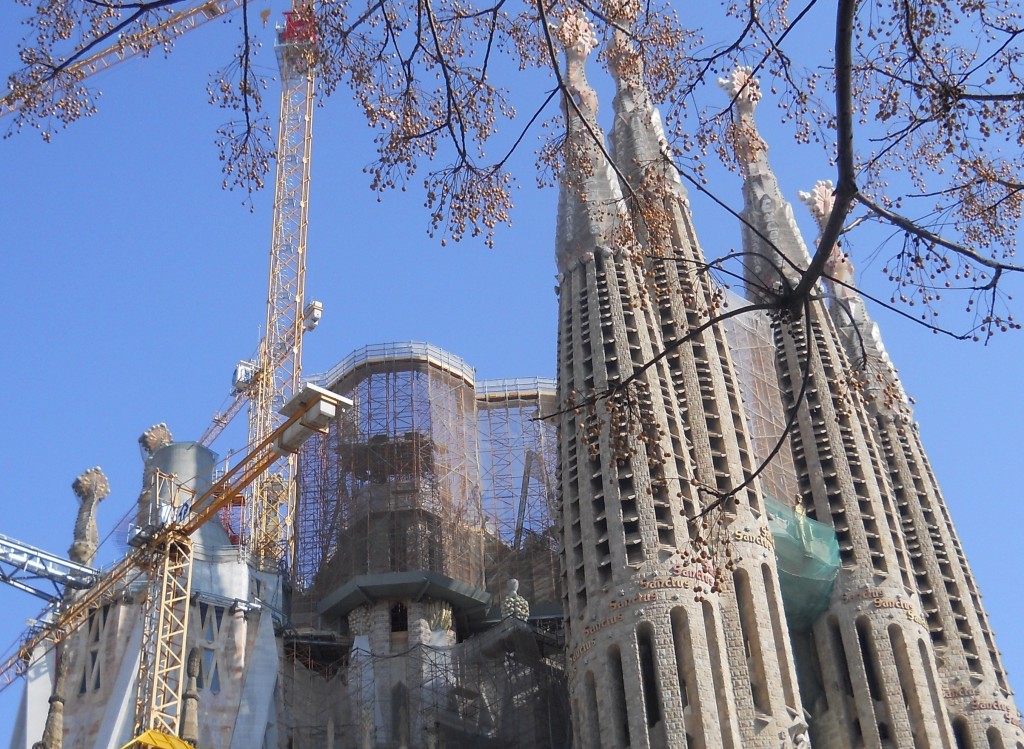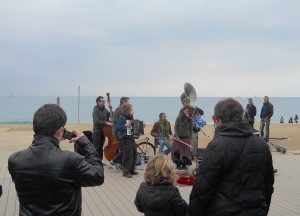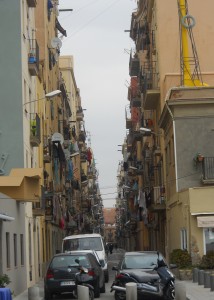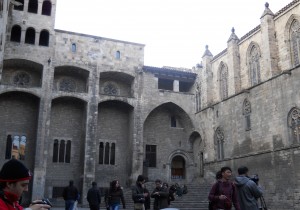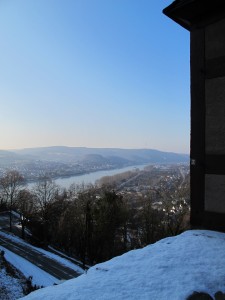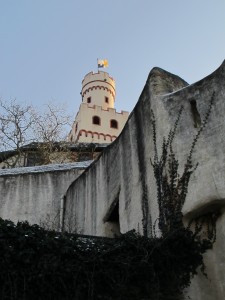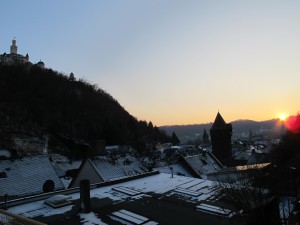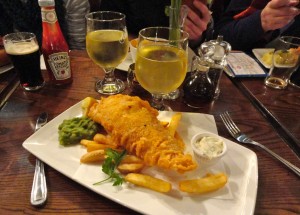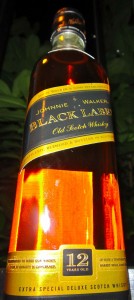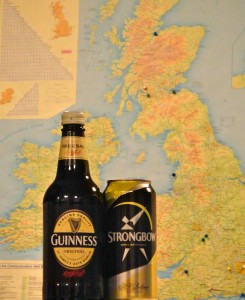The second segment of my spring break was spent in Rome, Italy. Barring a little difficulty with Eurail passes, the train ride from Venice to Rome was a wonderful transition. The hills of northern Italy around Florence made for a gorgeous train ride south towards Rome.
Because we didn’t have long in Rome, we attempted to hit as many major sites as we could in the time we had. One of the nearest sites to our hostel was the Colosseum. Although we never actually went inside, we spent a lot of time in the area taking pictures (and learning about tourist traps).
From the Colosseum the road leads north past the extensive Roman Forum to the Piazza Venezia. And from there (after a quick stop for more gelato) another short walk to the Trevi Fountain. Although most of the city was far from crowded during early March, the fountain was crawling with people. While many were tourists (one couple was having their wedding photos taken), you could easily tell this was a hotspot for pickpockets as unsuspecting tourists turned their backs towards the fountain and threw a few cents over their shoulder. However, as with all big cities if you pay attention and watch each others’ backs there is little to worry about.
During our only full day in Rome we caught a bus to Vatican City. After staying in St. Peter’s Square for a while, we proceeded to enter St. Peter’s Basilica. Our afternoon arrival was perfect timing; rays of sunlight were perfectly displayed across the altar. The entire cathedral is filled with centuries of art. Every carving and ornately painted ceiling is worth admiring. Deeper into the Basilica is a wall remembering the entire line of popes starting with St. Peter and ending with the current Pope Benedict XVI. The bus route taking us back to the main part of Rome ran along side the River Tiber and went through several other famous sites.
After a last true Italian dinner, it was an early night in preparation for our 4:30 awakening to catch a flight to the next stop on our itinerary…
Missed Part I? Check out: http://blogs.valpo.edu/studyabroad/2012/03/21/spring-break-part-i-venice/
Look at more photos on Picasa at: https://plus.google.com/photos/112463823006344854498/albums?banner=pwa
Follow me on Twitter at: https://twitter.com/#!/CambridgeUKJohn
